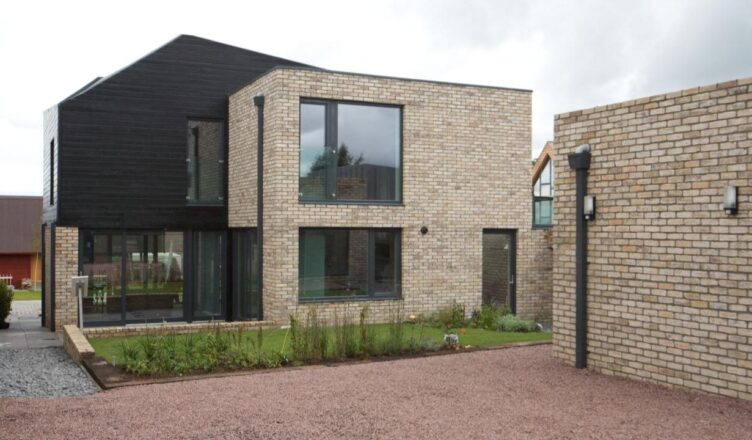Sustainable living sounds like a fad, right? The number of times I’m scrolling on Instagram or TikTok and see some micro-influencer sponsored by a greenwashed brand talk about their “clean living, zero waste” lifestyle. However, repping brands and promoting cleaning products or smart home living solutions doesn’t solve the real problem.
Don’t get me wrong, some of these content creators and brands aren’t just greenwashing. Some do offer accessible steps to going green. But these solutions are only the first step, especially for homeowners and folks looking into buying a home.
Repurposing, recycling, and buying eco-friendly goods are starting points for sustainable living. These lifestyle changes make a difference, but a small one. Current and prospective property owners can make a bigger environmental impact with passive housing.
Folks who take an active interest in lowering energy emissions don’t just support the environment; they save on utilities and get a few tax breaks, too.
What Is a Passive House?

Passive builds are anything but. They offer more than a lower carbon footprint, too. Before we dive into the costs and benefits, it’s important to understand passive building’s high standards for zero energy emissions.
The founder of passive housing, Wolfgang Feist, a German physicist, set out with other scientists to create affordable homes that minimize heat loss. In the ‘70s, he and his peers realized “that another substitution strategy for fossil energy was needed. We therefore decided to tackle the problem at its roots. We analyzed how these vast amounts of fuel extracted from the ground were being used for…heating buildings!”
Any builder, developer, architect, or homeowner focused on green construction must follow certain standards. These requirements hold any retrofit or new construction project accountable for proper certification of zero or near-zero energy emission.
Requirements for a Passive House
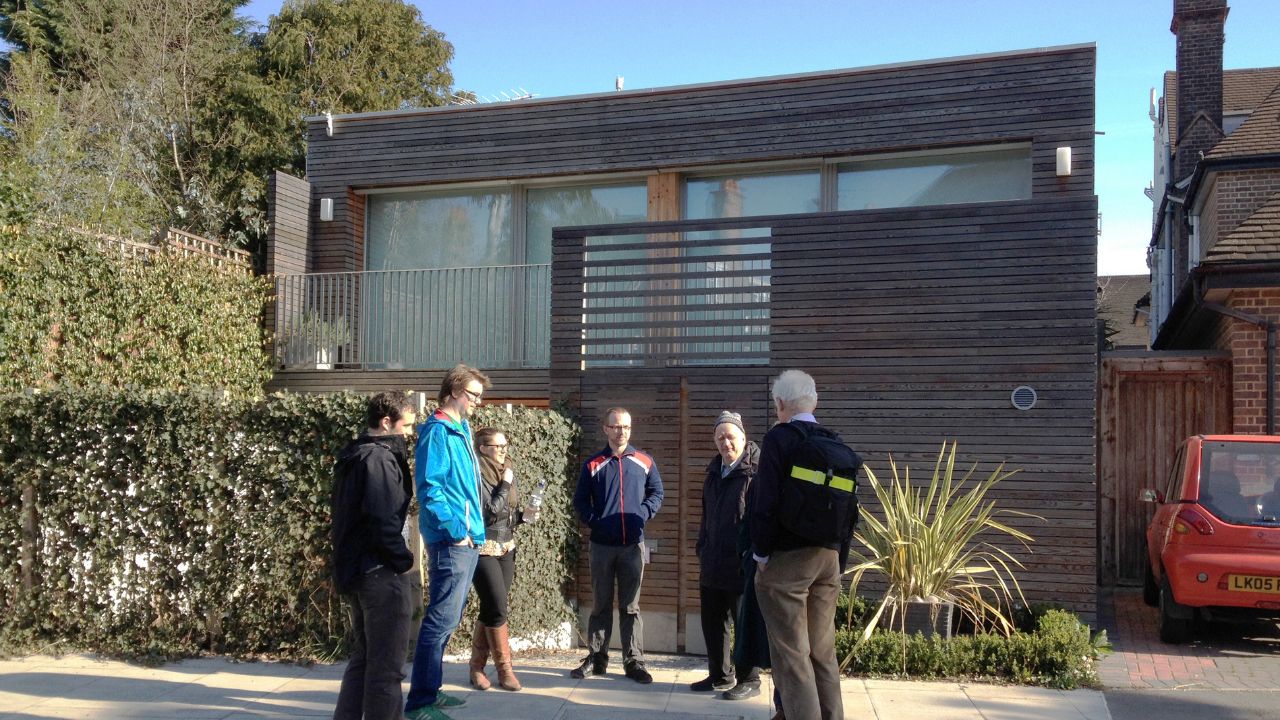
According to the Passivhaus Institut (PHI), efficient energy, affordability, and comfort comprise the most important aspects of passive homes. PHI sets specific criteria for strict emissions standards.
Focusing on the principles of thermal insulation, airtightness, thermal bridge reduction, adequate ventilation, and PHI windows, homes produce zero emissions: talk about sustainable living! Architectural engineering meets these principles with rigorous specifications. As an international organization and movement, PHI sets global standards.
Even globalized, these passive house standards accommodate different climates. Regardless of humidity, aridity, or inclemency, PHI standards include regional variation. With this inclusivity, eco-friendly construction is possible for anyone interested in it.
Low-Cost Eco-Friendly House Designs

Don’t let PHI’s standards intimidate you. Although rigorous, these standards still prioritize affordability. With international energy usage concerns, new and existing homes must scale with inflation. The US electricity consumption of space heating and cooling (32%) comprises almost a third of our national usage.
Electricity is only a portion of what Americans pay for each year. The average household spends almost $6,888 a year on utilities. Reducing that cost with better design saves on bills and benefits the environment through fewer emissions. Long-term savings aside, how can homeowners save on eco-friendly designs without architects or engineers?
We contacted a Certified Passive House Consultant (CPHC) to answer all your burning questions. Aufgang Architect’s Nick Asaro, CPHC, told us,
“Passive house is a movement which should be accessible on all levels. A typical residential passive house is said to be no greater than a 5% increase in cost, even less for a multifamily project.”
That’s reassuring for builders and real estate developers who emphasize sustainable building. Even PHIUS, the US version of PHI, provides average incremental cost estimates that are minimal. For multifamily projects, estimates are around 1-2%. The beauty of building to passive house, PHIUS-certified standards, is that these perform up to 85% better than conventional buildings.
Do Passive Houses Need To Be Built From Scratch?
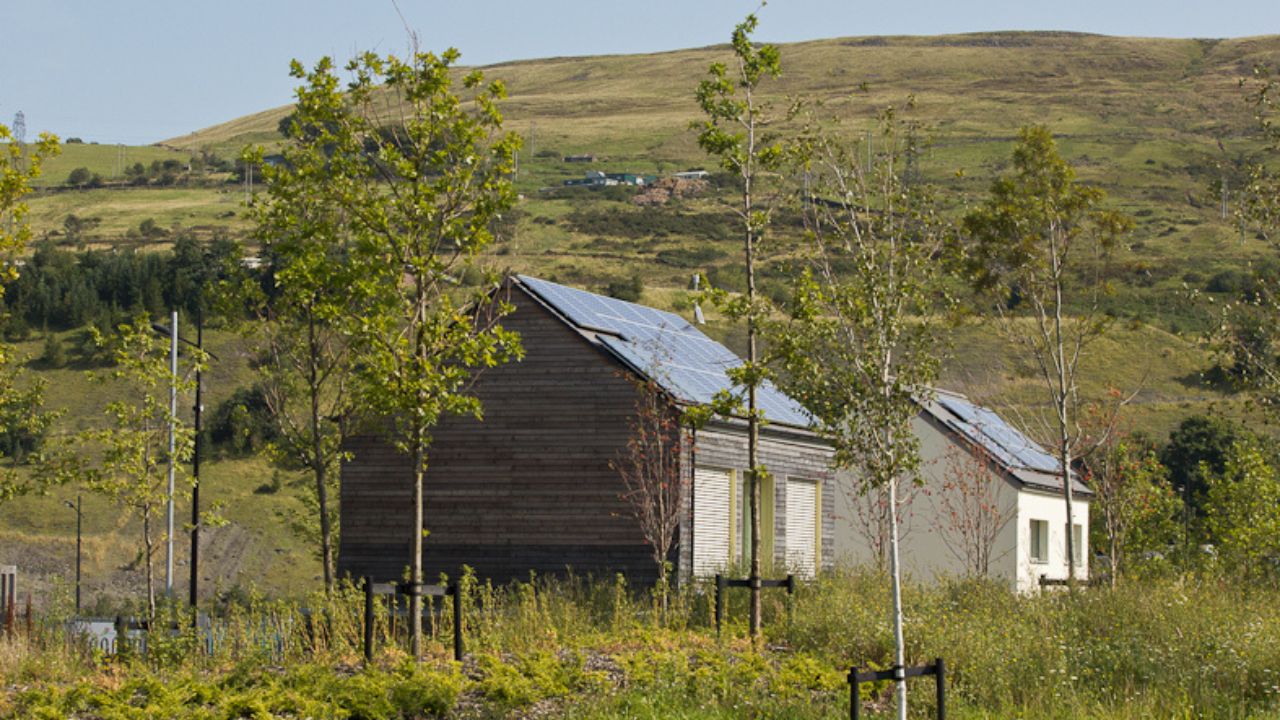
Although some homeowners have the luxury of developing the sustainable home of their dreams, only some have $1.6 million to drop on a new home, property purchase cost aside. If you’re already a homeowner or buying an affordable home – likely older and needing some TLC – you’re likely wondering how to create a passive house without renovating from the ground up.
With the focus on accessible cost, passive design favors affordable retrofitting and conversion of existing structures. Asaro shared some valid concerns with us,
“It is possible to retrofit a building as long as all the passive house requirements are met. First, the building’s thermal envelope must be determined. Is it slab on grade? If yes, is it possible to trade ceiling height to provide insulation on the floor? Is there a basement? If so, will the basement be part of the thermal envelope? These questions must be answered before a decision regarding passive house feasibility can be made.”
Evaluating a home’s energy efficiency can be done in a few ways. I’d recommend a professional audit for those seeking a true net-zero emission. However, the Department of Energy (DOE) also offers a guide to a DIY home energy audit. Assessing your home’s energy usage determines what needs updating or renovating to improve its energy emission.
Retrofitting a Home for Better Energy Efficiency
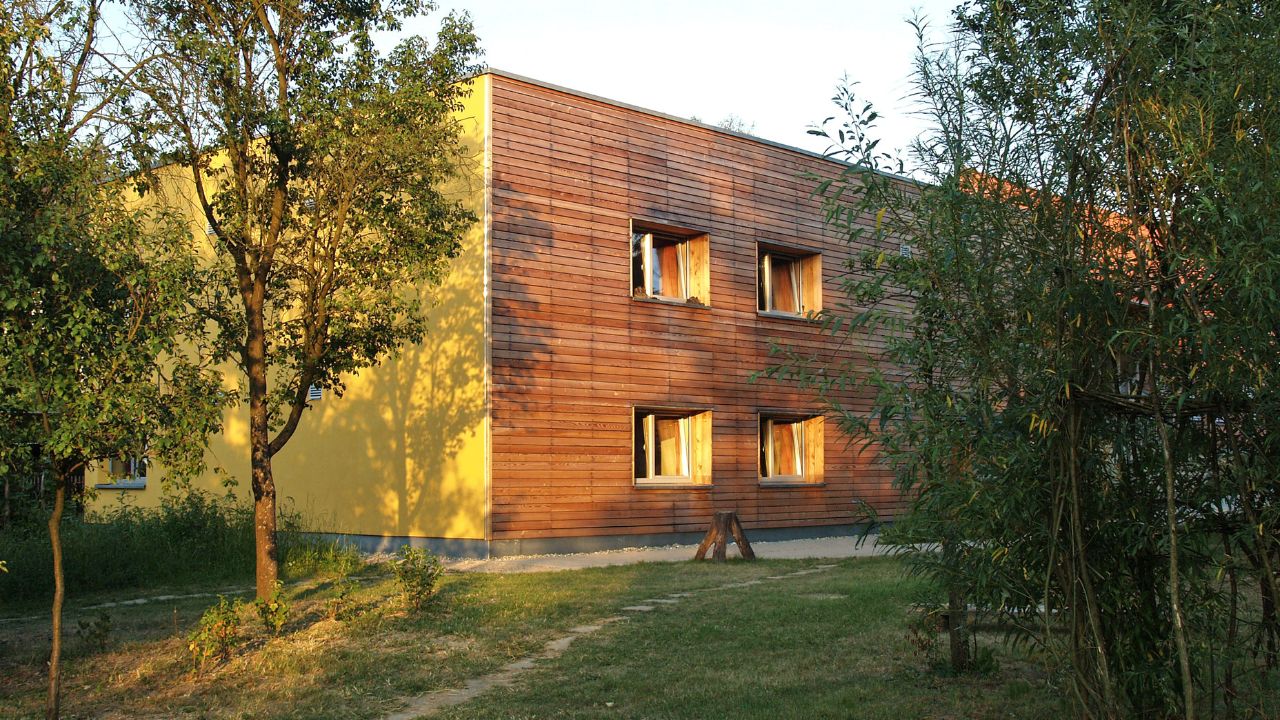
Keeping Asaro’s questions in mind, there’s much to consider before remodeling or renovating. A professional energy consultant can provide the best evaluation if you’re looking for a thorough audit. As with any specialized service provider, don’t be afraid to shop for more than one quote. And ask for referrals or testimonials so nothing in the audit gets overlooked.
A good audit should include most, if not all, of the following:
- Identify air leaks
- Infrared thermal imaging
- Insulation level check
- Window and door seal quality
- Utility bill analysis for water and heating and cooling
With this information, homeowners can best determine a plan of action. They now have an action plan if they need to hire a contractor specialized in zero or near-zero energy renovation. Finding the best contractor for your needs takes time. And with the specialty expertise required, it’s not a process to rush.
Asaro explains what might be needed to adjust insulation issues:
“The building envelope must include increased insulation values, air-tight construction, and high-quality fenestrations. These parameters can be accomplished by using proven materials and methods. For example, dense-packed cellulose insulation in a 2X6 framed wall with a continuous layer of external insulation will be adequate, affordable, and easy to install. Window manufacturers continually improve their products to meet passive house standards in an affordable package. Paying close attention to sealing all window frames to the building structure is a low cost but reduces infiltration. Installing external window shades to reduce solar heat gain is another low-cost method with a positive impact. “
A good audit and consultant can show how much work is ahead of you. Talk to an energy consultant before you decide on a few cost-effective upgrades or a full overhaul of windows, insulation, and more.
Is It Time for An Upgrade Or a Total Remodel?

Depending on current energy efficiency, a few simple upgrades might be enough. Retrofitting insulation is pretty simple and one of the more affordable solutions. But if your home needs air leaks sealed, new windows, heating and cooling, and ventilation, that adds up very quickly. There’s the added time and experience needed to select the right materials and brands that fall under PHIUS standards, too.
After a proper evaluation, it’s time to find a CPHC professional. You’ll have all the help you need with the right architect or engineer. An energy modeling expert follows PHIUS standards to help you select the most energy-efficient retrofits and upgrades. They help strike a balance between energy savings and upgrade costs. With the right energy modeling plan, you’ll determine:
- The degree of airtightness
- Necessary insulation of building shell
- Heat loss rate of windows and new windows or shades
- Appliance and heating and cooling system adjustment for
As a seasoned engineer, Asaro explains how an accurate energy model makes all the difference. He offered this insight, “An energy model will consider all measures and determine if the building can meet passive houses’ reduced energy demand requirements. Field verification and air tightness testing must be compared to the energy model’s calculations.”
Without an accurate energy model built from the energy audit, it’s hard to determine how much work is ahead of you. But with the right analysis, your chances of zero or near-zero emissions are better than ever. Throughout any remodeling, you, the energy consultant, and any contractors, architects, or engineers must work together for the best result.
How to Make Sustainable Living Upgrades Without Breaking the Bank
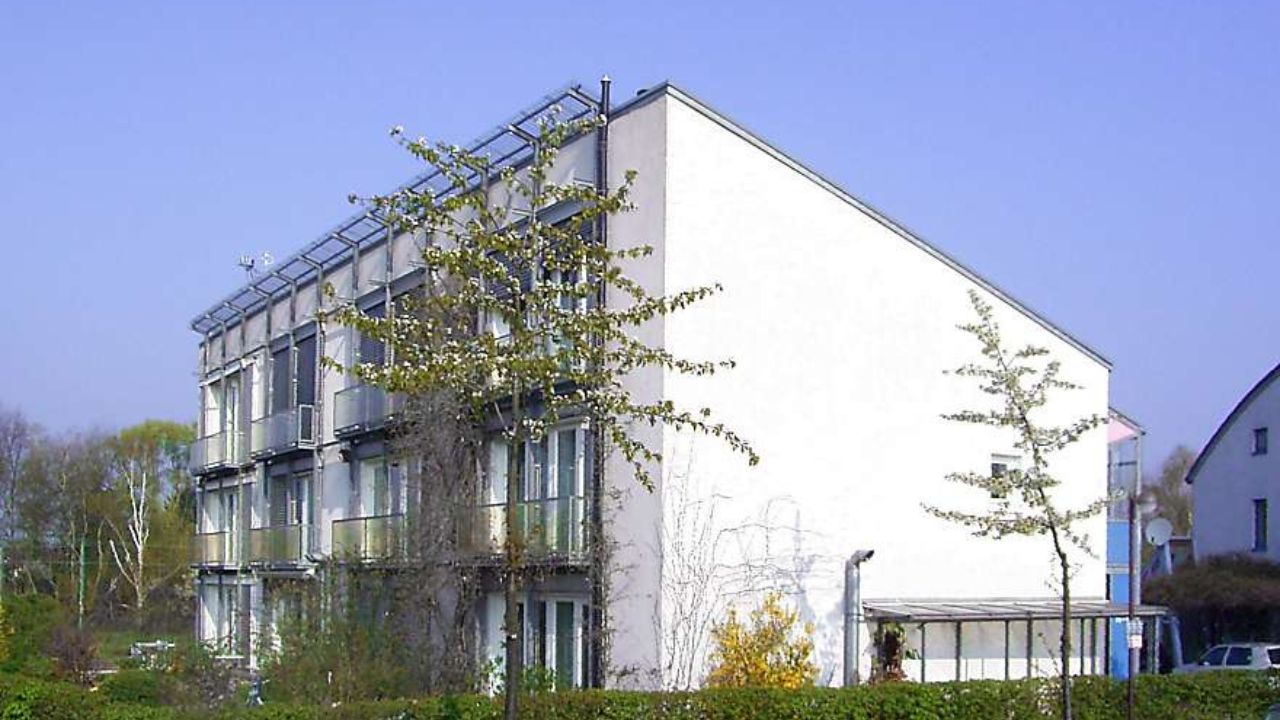
Even if a total remodel isn’t in the cards, partial upgrades like cellulose insulation could cost you a few grand. But eco-friendly improvements don’t mean spending all your green. As a reminder, passive houses exist on principles of affordability and sustainability.
With concerns about carbon emissions and its long-term effects, many organizations offer tax breaks and specialized loans to help you save some money and the environment.
- Solar loans, lease-to-own loans, and HELOC cover solar panel costs
- FHA Title 1 Home Improvement Loan allows for energy efficiency improvements on single-family homes
- Energy Efficient Mortgage (EEM) can be paired with FHA and VA loans and existing mortgage loans for eco-friendly upgrades
- Fannie Mae Multifamily Green MBS allows for multifamily property improvements that aim to reduce water and energy consumption
Offsetting the cost of these upgrades with tax breaks and loans hopefully incentivizes more homeowner participation. Better lighting, solar power, and improved insulation reduce carbon emissions and utility bills.
What Can You Do to Make Your House More Passive?
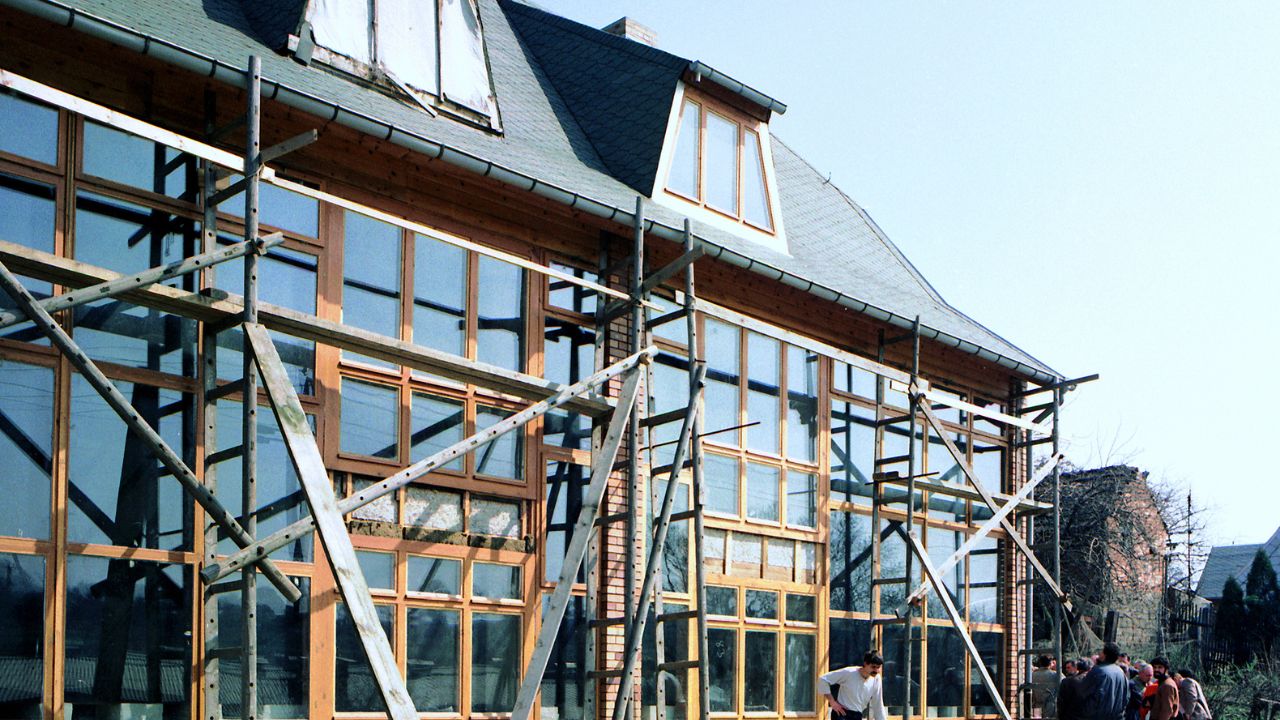
For those of us on tight budgets – or who don’t even own a home – there are things we can do starting today to make our living spaces more energy efficient and embrace sustainable living. Many resources are available even if you simply want to learn more about net zero or near zero emissions.
We know how taxing heating and cooling any space is, especially during summer and winter. But you can make many sustainable swaps to winterize your home and reduce that crazy AC bill in the summer. Investing in home automation can help keep the lights off and the thermostat at optimal cost-saving temps even when no one’s home.
Aside from making your home smarter, you can save on energy emissions with other simple lifestyle adjustments. Saving on electricity bills is easier than you’d think. Turn off lights when you’re not in the room. Invest in Energy Star appliances and power strips to minimize the phantom load. Buying from zero energy, sustainable brands helps more than you know. And if you’re worried about air leaks, a good set of window honeycomb window shades or window film works in a pinch, too!
Be more active in your pursuit of sustainable living. Don’t let your living situation limit your ability to make a difference!

